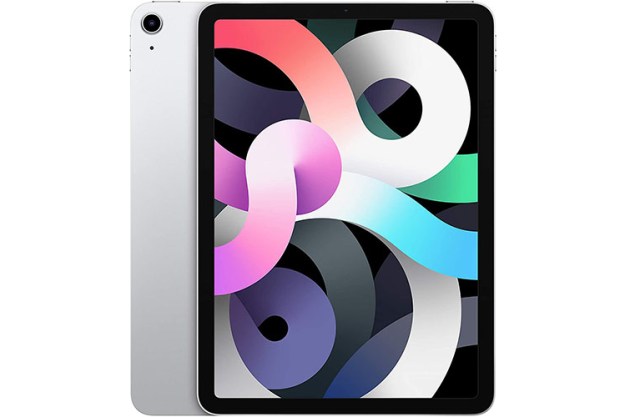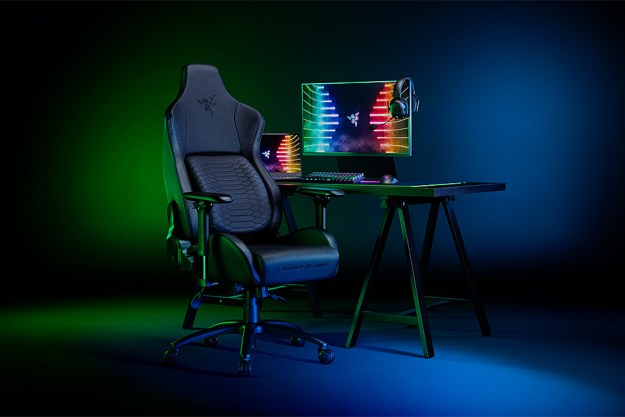
By using some of the latest virtual-reality technology on the market, VR Therapy and Counseling Center in Grand Rapids, Michigan is seeking to expose patients to virtual situations that cause them mental distress in real life, in order to provide therapy. And the technique is producing promising results.
Thomas J. Overly, psychotherapist, counselor and owner of VR Therapy and Counseling Center, says that VR therapy can be more effective than traditional talk therapy or role playing. He points out the high fidelity of modern graphics and how you have a sense of presence when you’re inside the virtual space. Using this high-tech angle on therapy allowed the firm to become one of six grand prize winners at Comcast’s national “Innovations 4 Entrepreneurs” contest.
The prize earned the firm $30,000, and it plans to use that money to upgrade its tech and expand its capabilities. The money will come in handy, because in comparison to other therapy centers, the firm utilizes much more expensive hardware to further its therapy sessions. It even employs programmers to develop customized experiences for its patients.
According to Overly, the treatment has been successful in helping teens who are wrestling with school-related issues. Plenty of students are bullied every day at school, and with this tech, rather than practicing how to react to bullying in a sterile office environment, the student can immerse themselves in a school environment and witness the counselor dealing with an obnoxious bully in order to learn from them.
Another example of success relates to vertigo. One client overcame their fear of heights by walking a steep trail in VR in order to prepare for a planned hiking trip with his wife. “We are doing therapy that was impossible before,” says Overly.
Using virtual reality as a method of therapy isn’t a new concept by any means. A report from 2012 said VR therapy could help decrease symptoms of PTSD for returning soldiers, and a recent study found it could help patients to have more compassion towards themselves. Last year, one developer created a VR experience where you listen in on stories of grief with the hope of aiding people working through their own grief. As for the success of Overly’s therapy sessions he says, “So far, we have pretty much nothing but success.”
A typical patient spends about three months with virtual reality treatment. If other organizations are interested, Overly would like to provide guidance on how to incorporate this tech in their treatment plans. His firm is prepared to provide others with the systems he has created to keep costs of developing these therapy programs low.
On Wednesday, June 22, there will be an open house to celebrate the award and let people get a first-hand impression of the technology at VR Therapy.


